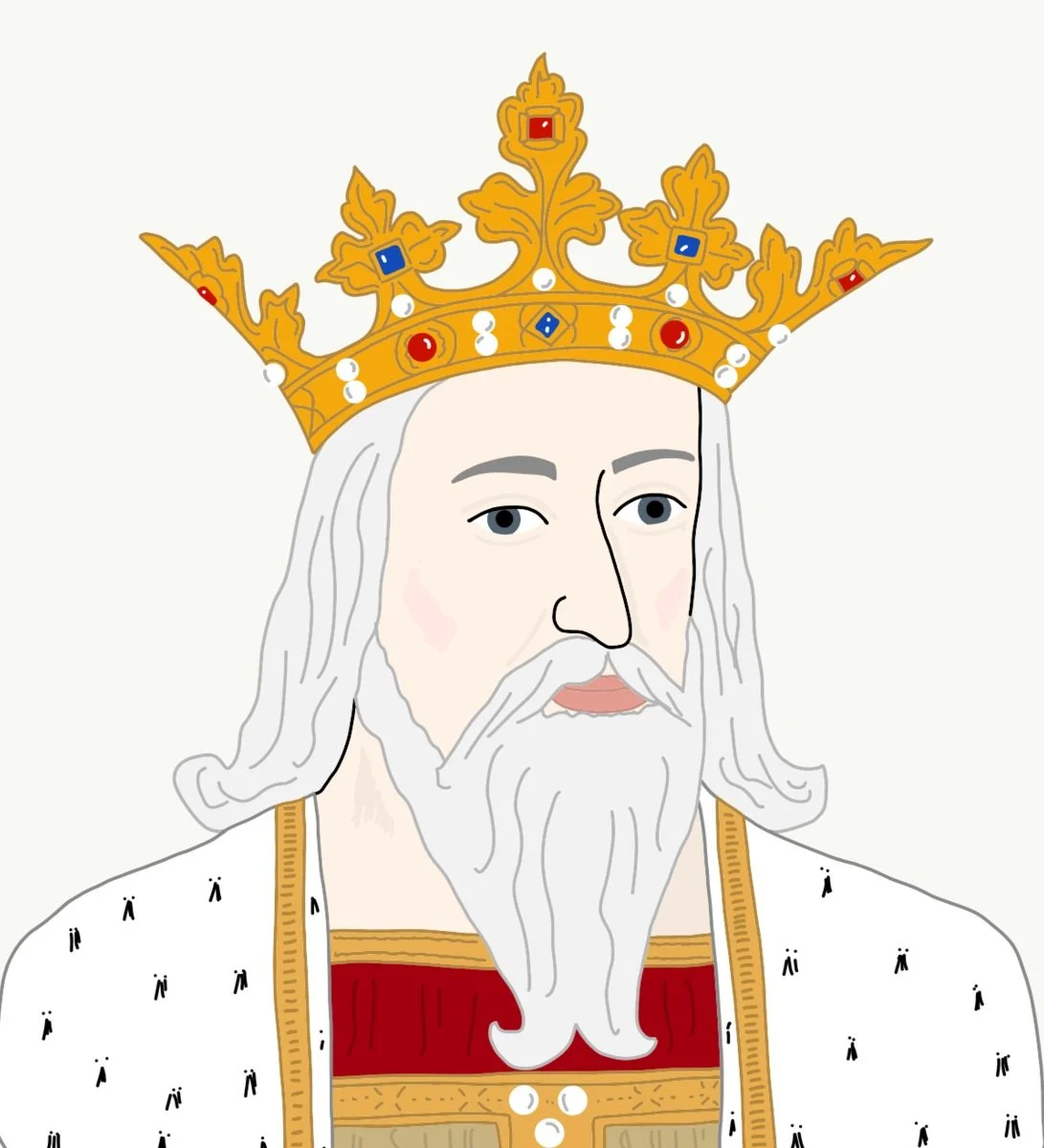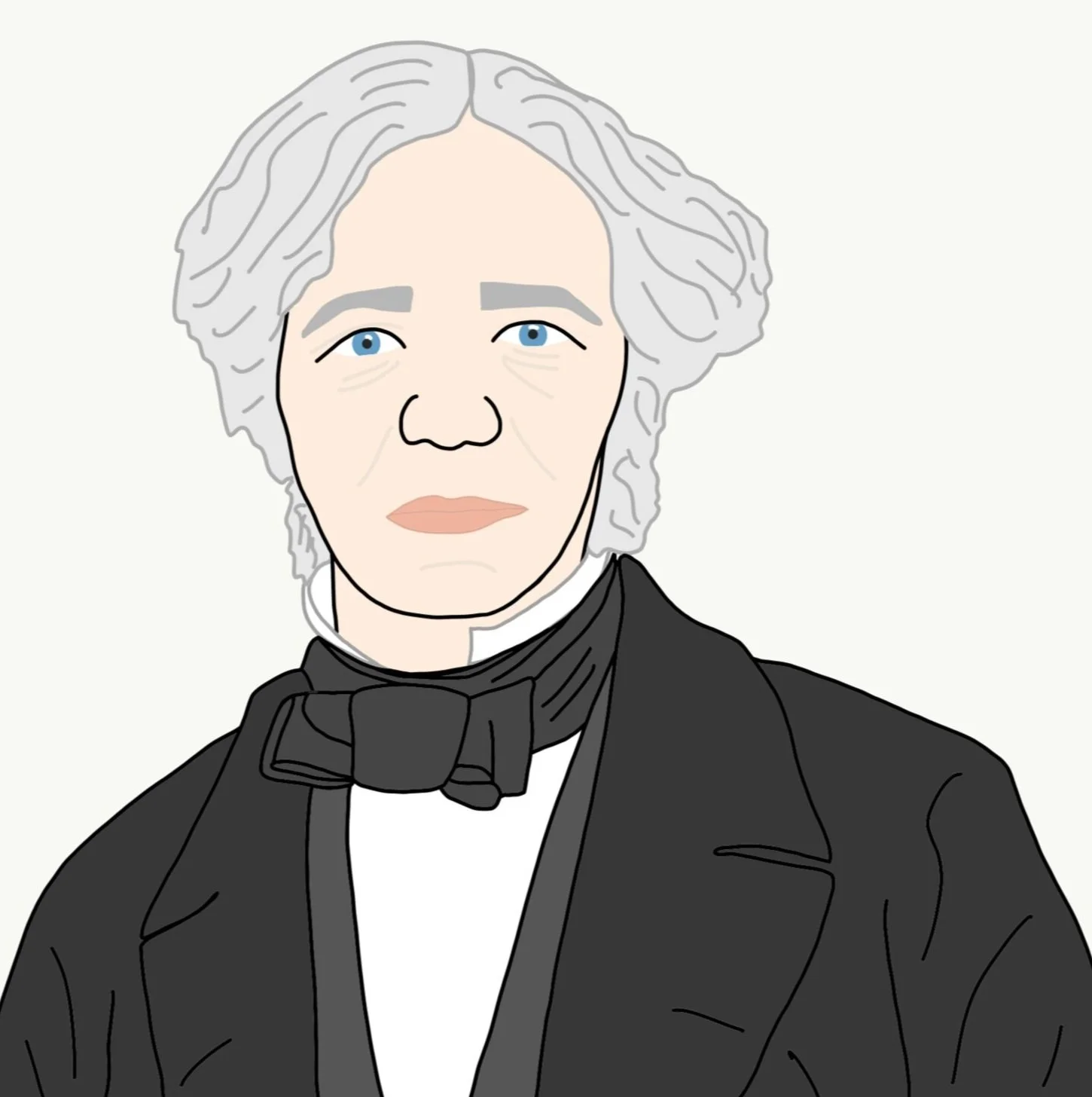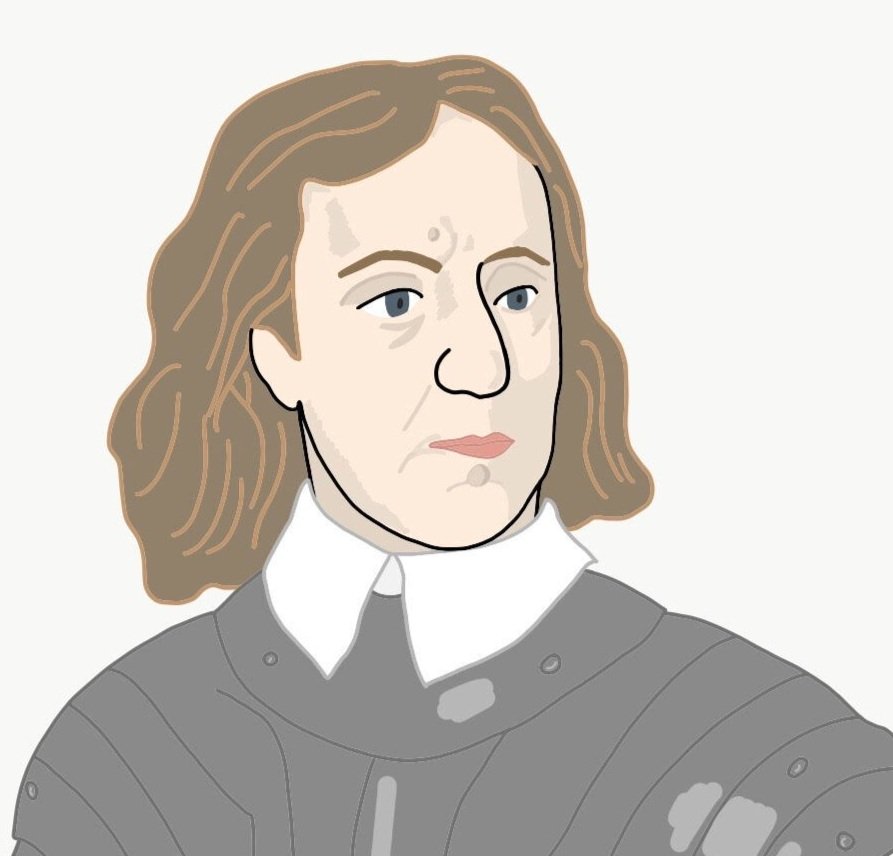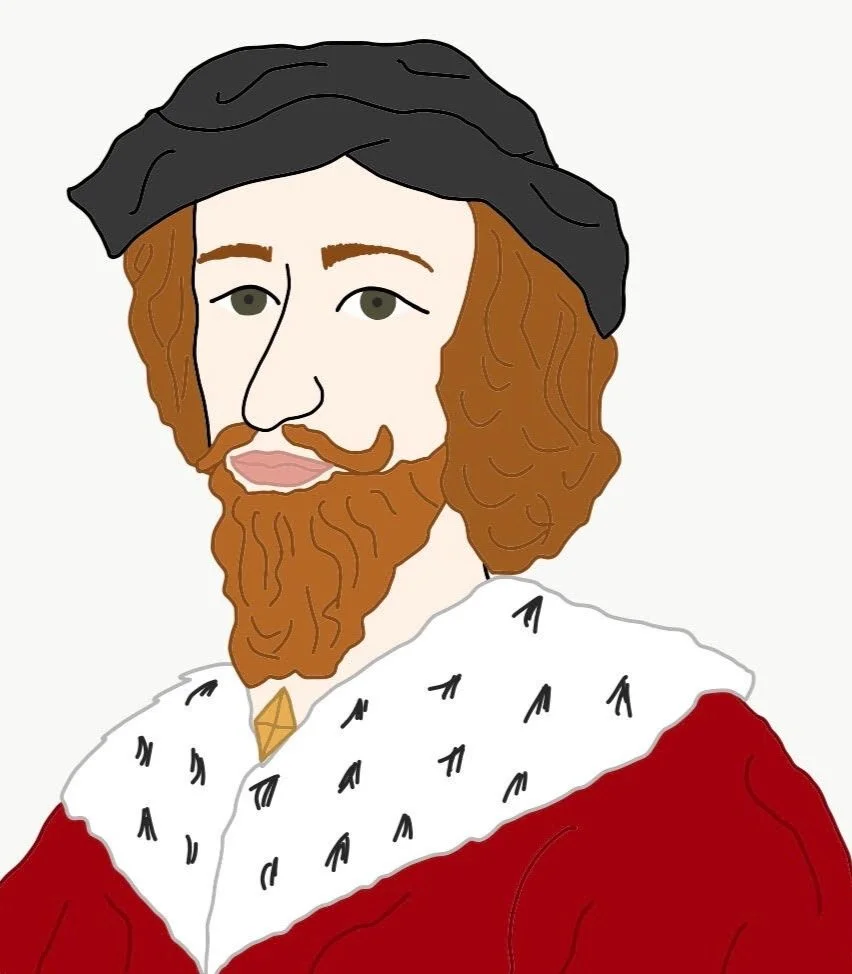August 29th - September 4th
“There is a focus on ships and boats this week in history; battles at sea, sinking at sea, collision on the Thames, and even a formal surrender on board a ship…but also not forgetting the Great Fire of London, and a busy week for Cromwell…”
On 29th August…
King Edward III victorious at Battle of Winchelsea
1350 - Battle of Winchelsea took place in the English Channel near Winchelsea and Rye. King Edward III was quite angry and frustrated with the Spanish piracy against English ships and wanted to take revenge. Hearing of a fleet of Spanish ships that had been trading with France, he decided it was an opportune moment for battle. A fleet of 50 English attacked, fought off and defeated about 40 Spanish ships.
That might make the Spanish think twice about attacking any more of Edward’s ships.
1782 - The British battleship HMS Royal George sank off Spithead, near Portsmouth, on the south coast of England. The crew of about 900 sailors were all killed. It was reported that the ship had sunk quickly because the bottom of it was so rotten that it completely fell away.
Demonstration of the first electric transformer
1831 - Michael Faraday demonstrated the first electric transformer. His demonstration involved an iron ring, some copper wire and a plate battery which showed how electricity can be transferred across space using electro-magnetism. Modern electricity substations today consist of very large transformers that work along the same principle that Faraday demonstrated in 1831.
1923 - Richard Attenborough the English actor and director was born in Cambridge. His films include Jurassic Park (actor) and Gandhi (director) which collected eight Oscars. Did you know that he was the brother of Sir David Attenborough the world famous broadcaster, biologist and natural historian?
On 30th August…
Mary Shelley, author of Frankenstein, is born
1797 - Mary Shelley the English author who wrote Frankenstein was born in London. She was married to the poet Percy Bysshe Shelley.
On 31st August…
12CE - Caligula, Emperor of Rome was born in Anzio, Italy. He was assassinated by his Praetorian Guard in 41CE.
161CE - Commodus, Roman Emperor was born in Lanuvium Italy. He too, like Caligula was also assassinated in 192CE. Not sure I’d like to be a Roman Emperor, especially when a common cause of death was assassination.
King Henry V dies
1422 - Henry V of England died. leaving his nine-month-old son to become King Henry VI.
Henry V is famous for leading English troops to victory in France at the Battle of Agincourt in 1415. His victories in France led to his son, Henry VI, becoming King of both England and France.
He died in France of battle dysentery shortly after winning the Siege of Meaux.
1888 - The body of Mary Ann Nichols was found in Buck’s Row, Whitechapel, London. She was the first victim of Jack the Ripper, who was a famous serial murderer of Victorian England. Jack the Ripper’s identity has never been discovered.
1997 - Princess Diana, mother to Prince William and Prince Harry, died in a car crash in Paris.
On 1st September…
1159 - Pope Adrian IV, the 170th pope died. He was the only Englishman ever to hold the office of Pope. His real name was Nicholas Breakspear, and he was born near St Albans in Hertfordshire.
1967 - Siegfried Sassoon, a famous war poet of World War I, died aged 80.
1939 - World War II started when Germany invaded Poland.
On 2nd September…
1666 - The Great Fire of London broke out at a bakery in Pudding Lane. The fire lasted for five days and destroyed a third of the city. About 100,000 people were made homeless. Samuel Pepys, the diarist, wrote about the great fire in his diary and describes how he took his money and belongings to safety in the middle of the night. The Monument, a memorial built to commemorate the Great Fire, was designed by Sir Christopher Wren and Dr Robert Hooke. It still stands just metres away from where the fire began and its 311 steps can be climbed to see panoramic views of London.
1945 - Japan formally surrendered on board the USS Missouri, an American battleship, moored in Tokyo Bay. Their formal surrender brought an end to World War II.
On 3rd September…
A busy day for Oliver Cromwell
1658 - Oliver Cromwell died. He led parliamentary forces during the English Civil War and was made Lord Protector of England, Scotland, and Ireland after the beheading of King Charles I.
1650 - English forces defeated Scottish forces at the Battle of Dunbar. Oliver Cromwell was Lord Protector of England following the beheading of King Charles I in 1649 but whilst England accepted Cromwell as their leader, the other countries under England’s rule refused to see Cromwell as their leader; they acknowledged King Charles II (the late King Charles I’s son) as their rightful ruler. The Battle of Dunbar was fought between English forces led by Cromwell and Scottish forces led by David Leslie in an attempt to bring Scotland under English rule. The Scottish defeat brought Scotland under English occupation and rule for ten years.
1651 - Battle of Worcester between Oliver Cromwell’s forces and English royalists. Despite Cromwell’s win at the Battle of Dunbar in 1650, there was still unrest in Scotland. A Scottish army led by (the uncrowned) King Charles II, marched through England to meet Cromwell and reclaim the English throne. Cromwell had anticipated the attack and ordered four armies to meet the Scottish royalists. Cromwell’s armies won and King Charles II was forced to flee into exile in France.
1783 - Great Britain and America signed the Treaty of Paris (in Paris, France) officially recognising the United States of America as independent from Britain.
1878 - The Princess Alice, a paddle steamboat collided with a much larger collier (a coal-carrying ship) on the River Thames killing about 650 people. The Princess Alice was carrying families returning from a day out at the coast of Sheerness when it was sliced in two by the collier. Over the following days and weeks dead bodies washed up onto the banks of the Thames; people drowned by the weight of their Victorian fashions; people overcome by the raw sewage being pumped into the Thames; people unable to swim. Improvements to sewage works, emergency signalling lights on boats across the globe, and the building of the Royal Albert Dock which separated heavy goods traffic from smaller boats were all implemented in the aftermath of the tragedy.
1945 - Britain and France declared war on Germany following its invasion of Poland at the beginning of World War II.
On 4th September…
King Alexander III was born
1241 - King Alexander III was born in Roxburgh Castle, Scotland. He became king when he was only seven years old and had a very eventful reign. He married Princess Margaret, daughter of King Henry III of England, when he was only ten years old. He gained control of the Western Isles and the Isle of Man, taking them back from Norway. Sadly, his wife and children all died before him, so when he died he left no direct heir to the throne. His closest relative was his three-year-old granddaughter, Margaret the Maid of Norway. His death followed by the early death of his granddaughter left Scotland without a monarch, this eventually led to the Wars of Independence with England.
1571 - Matthew Stewart, the Earl of Lennox, regent of Scotland was killed. At the time of his death, he was ruling Scotland in his grandson’s name, King James VI of Scotland, and at the same time was seeking justice for his own son’s murder. Matthew’s son was Lord Darnley, husband of Mary Queen of Scots and father of King James VI. Matthew Stewart was a main witness against Mary Queen of Scots in the case for his son’s murder as he believed Mary had ordered the murder of Lord Darnley. Matthew Stewart was shot in a fight between his men and the queen’s men at Stirling. Whether his death was an accident or not remains a mystery.
1588 - Robert Dudley, the Earl of Leicester, one of Queen Elizabeth I’s favourites died. Elizabeth made him Master of the Horse, Privy Councillor, and Knight of the Garter. It was rumoured that he murdered his wife so that he could marry Queen Elizabeth.





